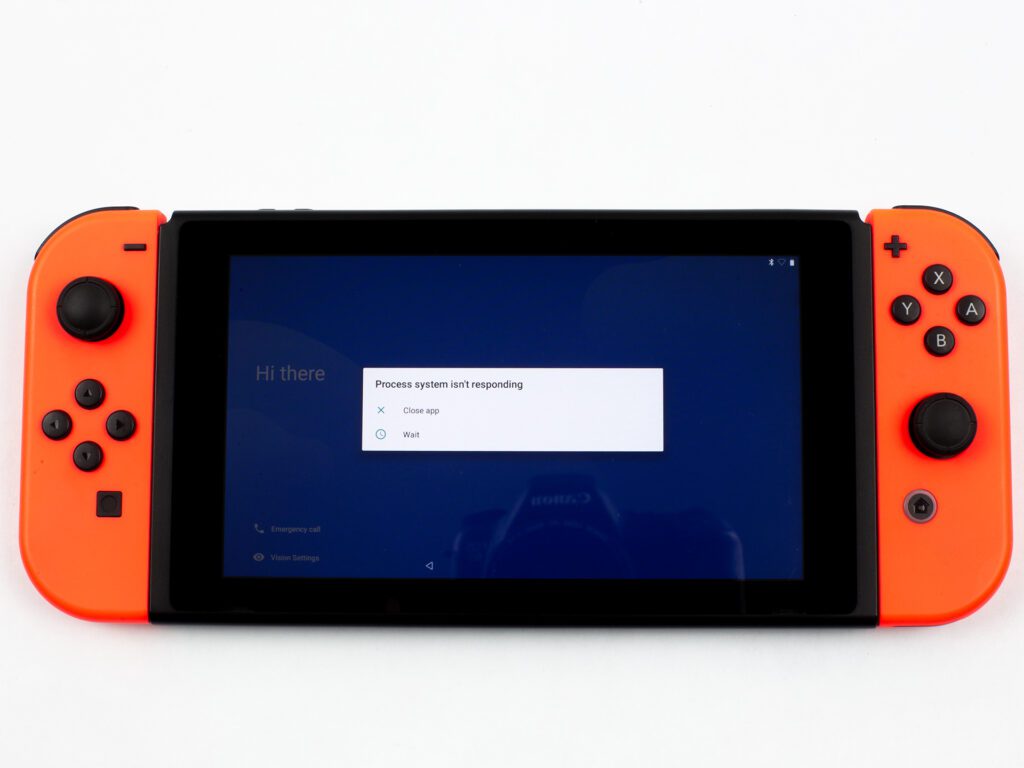Game development involves complex stages, from creating the code to the final product on the console. The code is written in programming languages, and game engines such as Unity or Unreal Engine provide frameworks for developers to create video games. Art creation involves creating visual and audio content, including characters, levels, and environments. Testing is crucial to identify bugs and glitches. Game development requires hardware components such as high-end PCs or laptops, graphics cards, CPUs, consoles, and controllers. Lastly, the final product is optimized for the console and must meet quality standards, free of bugs and glitches. It is a collaborative process requiring expertise and creativity.
From Code to Console: Breaking Down the Software and Hardware of Game Development
Game development is a complex process that requires both software and hardware expertise. In this article, we will take a look at the different stages of game development, from the creation of the code to the final product on the console. We will also discuss the hardware components that are necessary to create and run a game.
The Code: The Foundation of Game Development
The first stage of game development is the creation of the code. This step involves a team of programmers who create the game’s mechanics, physics, and logic. The code is written in programming languages such as C++, Java, or Python.
During this stage, the programmer also creates the game’s framework. The framework outlines the different functionalities and subsystems required to create the game. For example, the game’s graphics, audio, and input systems are all part of the framework.
In addition, programmers use game engines to create games. Game engines are software platforms that provide tools and frameworks for developers to create video games. Popular game engines include Unity, Unreal Engine, and Godot.
The Art: Giving Life to the Game
After the code has been created, the next stage is the art creation. Artists and designers create the game’s visual and audio content. This involves creating 2D or 3D models, textures, animations, and sound effects.
Designers also create the game’s levels, characters, and environments. They work closely with the programmers to ensure that the art assets can be integrated into the game’s code.
The Testing: Finding and Fixing Bugs
The testing phase is crucial in game development. This stage involves testing the game for bugs, glitches, and other issues. Testing helps to identify problems that need to be addressed before the game is released.
Game testers play the game and try to find any issues that may affect the gameplay or performance. They also ensure that the game meets the quality standards set by the development team.
The Hardware: Components for Game Development and Gameplay
Game development also requires hardware components to create and run the game. These components include:
PC/Laptop
Programmers use PCs or laptops to create the game’s code. These machines need to have high-end specifications to handle the complexity of game development.
Graphics Card
Games require a graphics card to render the game’s graphics. A high-end graphics card is essential to create high-quality graphics and animations.
CPU
The CPU is the brain of the machine and plays a crucial role in game development. A powerful CPU is necessary to handle the complex calculations required to create the game’s mechanics and physics.
Console
Consoles are the main platform for game development. Developers create games specifically for consoles such as the PlayStation, Xbox, or Nintendo Switch. Consoles have a specific architecture and hardware configuration that developers must work around.
Controller
Controllers are essential for playing games on consoles. Developers need to test their game with different types of controllers to ensure that the game is playable and enjoyable.
The Final Product: Bringing the Game to the Console
After the testing phase, the final product is ready to be released. The game is optimized for the console and is packaged in a format that can be distributed either physically or digitally.
The final product must meet the quality standards set by the development team. It must be free of bugs and glitches and provide an enjoyable gaming experience.
Conclusion: A Collaborative Effort
Game development is a team effort that requires both software and hardware expertise. The creation of a game involves the creation of code, art, and testing. The game’s hardware components play an essential role in creating and running the game.
Game development is a complex and exciting process that requires collaboration and creativity. With the right expertise and tools, game developers can create immersive and enjoyable gaming experiences for players.
